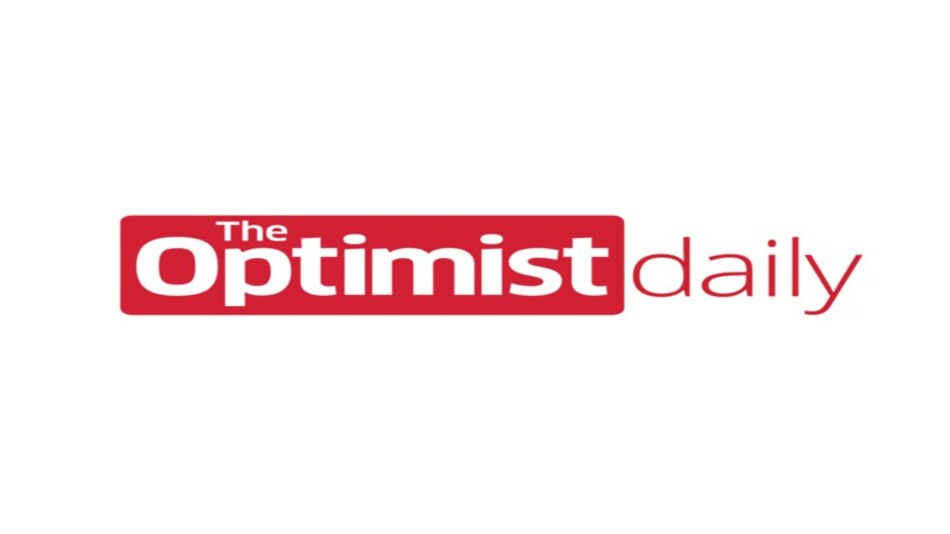From boosting air quality to providing shade, there are many benefits that come with planting trees in urban neighborhoods. The only problem is that in many cities, trees are not equitably distributed amongst neighborhoods. To help ensure a more equal spread of the greens in cities, Google has released a new tool called the Tree Canopy Lab that shows cities where they need to plant more trees.
Los Angeles, which plans to plant 90,000 trees next year, recently became the first city to make use of the new tool. The tool uses AI to quickly analyze aerial photos of trees from different angles to determine the average tree canopy. Combined with other data sets, such as heat indexes, Google is able to determine the populations of the city that “are the most vulnerable due to low tree canopy cover.”
Apparently, more than half of the LA population live in areas with less than 10 percent tree canopy coverage. That’s a problem, especially since these same areas are built on large swaths of concrete, making them susceptible to the urban heat island effect. Research shows tree canopy cover has to reach 40 percent to significantly lower temperatures, meaning a big portion of Angelenos are in neighborhoods with extreme heat risk.
The new tool is helping the city identify the best places to plant, starting at the broad level—which areas have the fewest trees and the highest risk. From there, the tool can identify more specific places to plant. For instance, in an area with apartment buildings, there may not be as much room for trees in front or back yards. That might mean bigger changes: In some cases, a street might have to be redesigned to allow larger trees to grow.
Previous techniques for counting trees in Los Angeles were far less effective. Traditionally, workers were going block by block and laboriously noting the species, size, and condition of every tree. Not only is that process slow, but it also misses the vast majority of trees in Los Angeles since 90 percent are located on private property. The city has also utilized a plane with LIDAR laser technology to analyze tree coverage, but that process was slow and expensive.
With this new tool from Google, Los Angeles now has a map that provides detailed information about where trees are now and where more need to be planted. Looking towards the future, Google wants to continue developing the Tree Canopy Lab with the city of Los Angeles and hopes to make it available to other cities soon.











